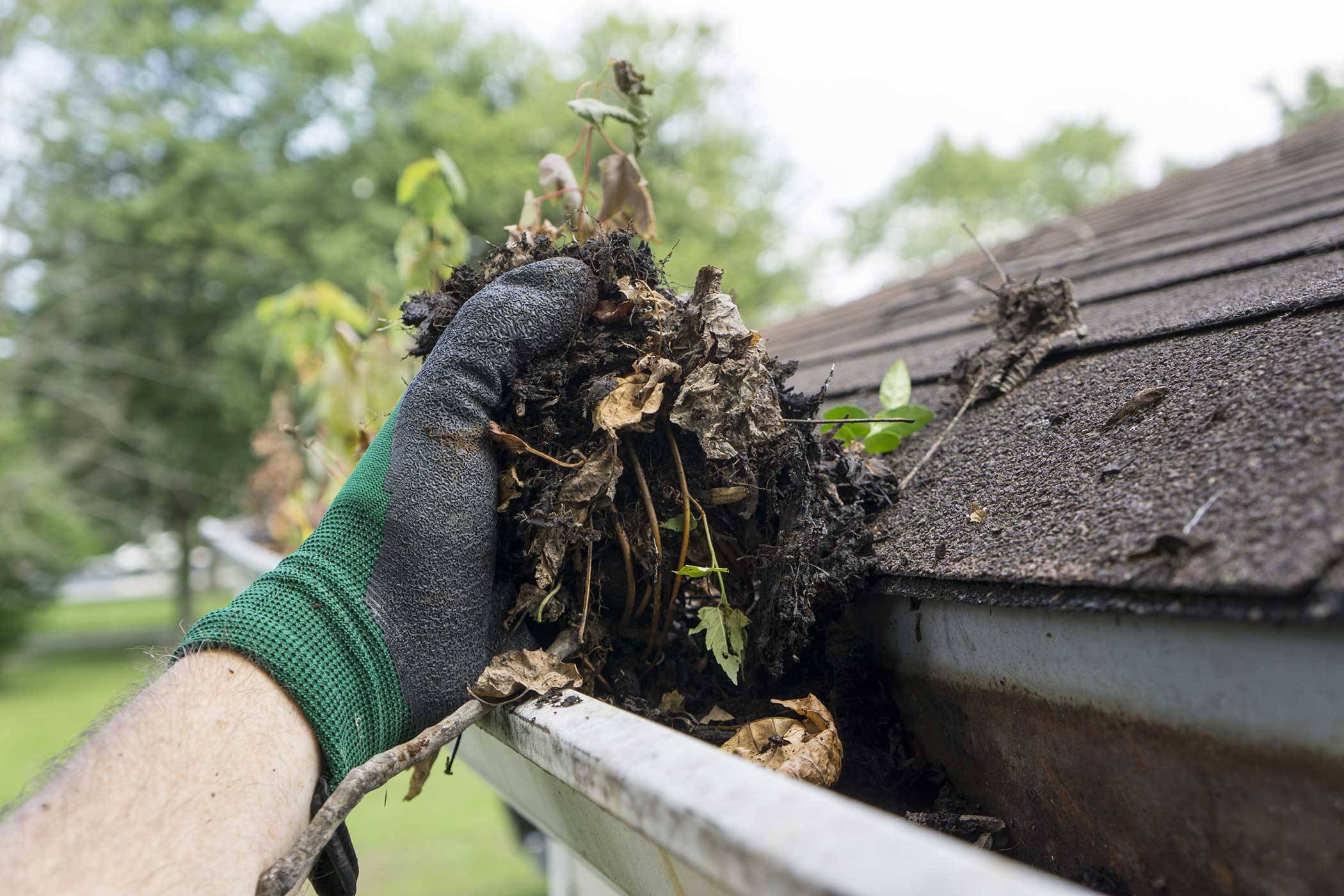6 Reasons To Clean Your Gutters This Fall
Homeowners
2 years ago
Changing seasons are the perfect reminder to consider what you need to do as a homeowner to transition your house into the new season. If you’re a new homeowner, the list of what you need to do can seem daunting.
If you aren’t sure where to start, use a checklist to make sure everything gets done!

One of the most important things you can do in the fall to keep your home safe in the coming seasons is to clean your gutters. It should be a regular part of your home maintenance routine, as your gutters can affect your roof, your foundation, your basement, and more.
Prevent Ice Dams
The reason we recommend cleaning your gutters in the fall is that it can be a preventative measure against ice dams this winter. During colder weather, water sitting in clogged gutters will turn to ice.
Extra weight on the gutters from this ice can damage your gutters and the roof and even weaken gutters to the point where they break and fall off your roof.
Protect Your Roof
Your roof is obviously a vital part of your home. If your gutters are clogged, they can back up and keep that water from appropriately draining. The water from melted ice and rain will sit on the roof and trickle into your home’s insulation, plaster, and drywall.
Avoid Cracks In Your Foundation
Most people don’t think about problems in their gutters affecting their home’s foundation, but gutter problems can affect every part of your home. Overflowing water stemming from clogged gutters can run down into the creases of your home’s foundation.
Once winter comes, that water freezes and over time threatens the integrity and strength of the foundation. Your home’s system of gutters and downspouts is there to make sure rainwater and melting snow flow to the right areas instead of damaging your home.
Keep Pests Away
Stagnant water attracts a variety of pests you don’t want in and around your home. Even if dry leaves are stuck in your gutter, animals like rats, mice, and birds can make nests there, eventually working their way into your home and causing larger infestation problems.
Prevent Water Damage
Water damage from gutters that haven’t been properly cleaned and cared for can happen both inside and outside your home. Water overflow from clogged gutters gets into your home through cracks in the siding and other crevices.
It can start to stain your walls and ceiling, eventually leading to structural damage and mold spreading through your home.
Save Money On Costly Repairs
Clogged gutters get heavy from debris and water, this can lead to your gutters breaking away from the roof, damaging the roof and an area called the fascia board (a transition trim piece between your house and the roofline). The fascia’s job is to support the shingles and keep moisture out of your home.
Once your fascia has been damaged, it can lead to expensive repairs to your entire gutter and downspout system, your home’s siding, and the roof.
By cleaning your gutters every fall, you can also extend the lifespan of your gutter and downspout system. Gutters that are properly maintained can last 20-50 years!
How To Get Started
Ready to get your gutters cleaned out? If you want to handle the job yourself, be sure you have the right equipment to clean your gutters safely:
- Extension Ladder
- Dust Masks
- Spray Nozzle
- Tarp
- Goggles
- Hand Trowel
- Rubber Gloves
- Bucket and/or Lawn & Leaf Bag
Make sure you’re wearing the right protective gear, then you can start pulling debris from your gutters, dropping it below into your bucket or tarp area for easy cleanup.
Once you clean your gutters, check the downspouts by using a hose to spray water through them. This should flush out any loose debris. If water doesn’t flow freely, you may have a clog and need the help of a professional.
Lake City Restoration Is Here To Help
At Lake City Restoration, we know that proper home maintenance is the best way to prevent serious damage to your home from storms, fire, water, and more.
Need help or have questions about how to restore your home after it has been damaged?
This article was originally published in September 2021 and has been updated to include the latest, most relevant information.




